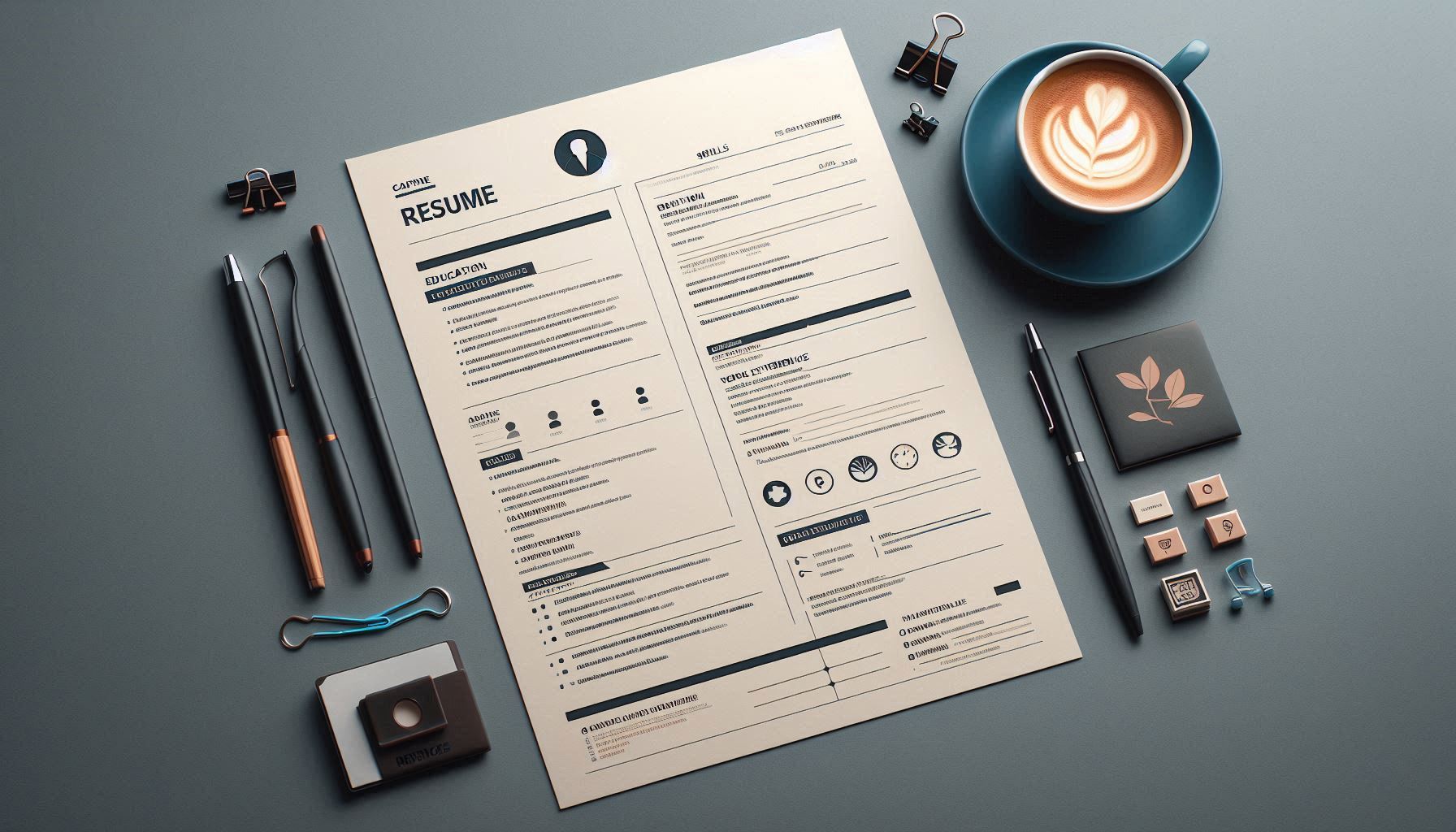Indeed, for many, a great job and career rely on that one single, all-important document: the CV. It is your immediate introduction, a pitch on paper, and a formidable tool to express one’s skills and experiences. However, to truly make a very effective CV, one needs more than just the listing of work experiences. Let’s dive into how to create a CV that not only gets noticed but also gets you invited for interviews.
1. Which CV Format is Appropriate to Use: Chronological, Functional, or a Combination?
Before you even start to write, decide which format best suits your experience and career goals.
- Chronological: This is the traditional form, which records work experience in reverse chronological order—that is, starting with the most recent one. This is perfect for someone who has a steady work history and would wish to bring out career progression. Think of this as a straightforward, direct, easy-to-follow narrative about your journey through professional life.
- Functional CV: This format emphasizes your skills and accomplishments rather than your work history. It’s a good choice if you have gaps in your employment history, are changing careers, or have limited work experience. The focus is on what you can do, not necessarily where you’ve done it.
- Combination CV: This is a blend of elements from both the chronological and functional formats. It gives room to highlight your skills upfront but still provides room for a detailed work history. This is mostly seen as a versatile option for many job seekers.
Example: For a fresh graduate, a combinational CV may be the best option because it highlights the major abilities gained through projects and internships; however, the little work experience is presented in chronological order.
2. Engaging CV Summary or Profile – Optional but Highly Recommended
Think of this as your personal marketing statement. A concise summary of your key skills and career aspirations, it should be an attention getter right from the word go that tells recruiters, quite succinctly, just what kind of candidate you are. This is not a restatement of your objective, but rather your unique selling points.
Example for Marketing Manager Position: “Results-driven, highly motivated Marketing Manager with over 7 years of continuous driving of brand campaigns that deliver revenue well in excess of budgets. Proven ability to develop and implement innovative multi-channel marketing strategies, driving a 20% increase in brand awareness.”
3. Highlight Your Skills and Experience: Quantify Your Accomplishments!
That’s where you make your achievements come alive. Instead of pinpointing what your responsibilities were, now it’s time to focus on the impact of your work. Describe your achievements using the STAR method: Situation, Task, Action, and Result.
- Worst: “Managed social media accounts.”
- Excellent: “Maintained social media accounts, increasing follower engagement 30% and boosting website hits 15% in six months.”
4. Tailor Your Resume to Each Unique Job Application
This is the key to your application. Do not submit just one, generically written CV for any job. Actually, read the description of the vacancy and tailor your CV, highlighting your best skills and experiences for the position. Use keywords throughout your CV that have appeared in the job description.
5. Proofread, Proofread, Proofread!
Typos and grammatical errors are a complete turn-off. Let someone else proof your CV before you send it in. Yes, there are grammar-checking tools; however, they are not foolproof.
6. Target the Right Keywords
Sprinkle relevant keywords throughout your CV. Consider what recruiters and ATS are likely looking for while searching for candidates possessing expertise like yours.
7. Presentation Counts
Use Arial or Calibri, or any other clean and professional font, with the same formatting throughout. Headings should be clear and balanced. Make sure it is one to two pages—mostly concise.
With these steps, one can build up a really enviable CV that will market all his or her skills and experiences. Whole new different avenues, even your dream job, may come within your grasp. Your CV is the first impression—so make it count!


